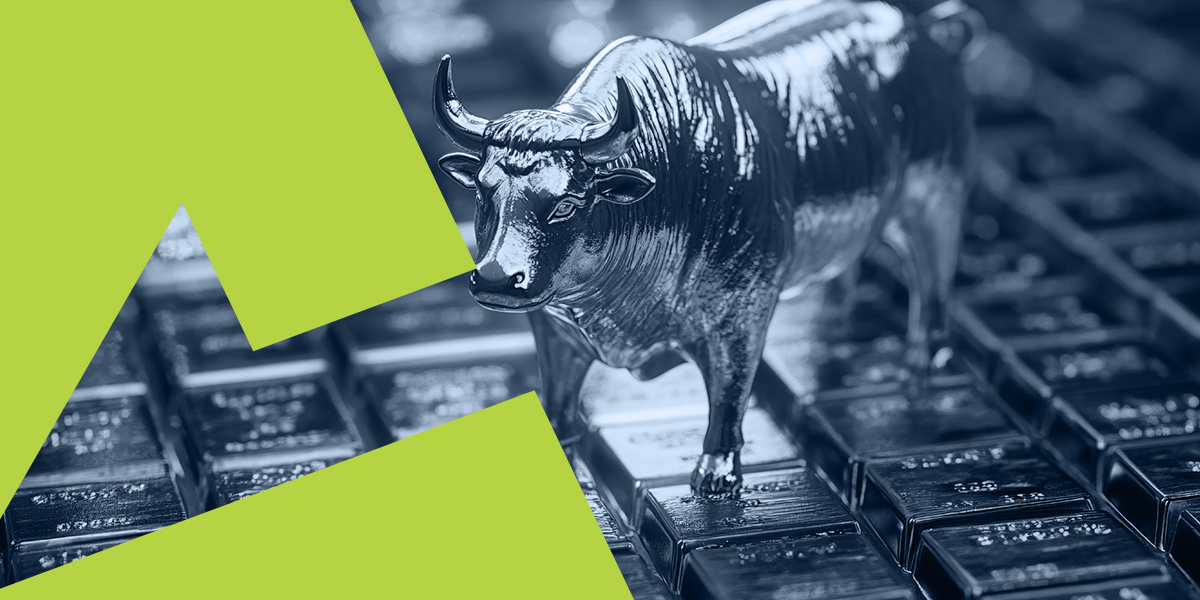MAM is an acronym for Multi Account Manager, a plugin originally designed for the Meta Trader 4 Platform to allow the proportional (or any set) profit and loss distribution from Fund Manager (or Master) to Investors (or Sub Accounts).
The Master Account serves as the primary (and the only real) trading account, and sub accounts receive the results of the actions performed on the Master Account (only proportional COPIES of the original trades).
There are around ten allocation methods designed for MAM on MT4 and MT5. Some of the most popular are:
- Lot Allocation (LAMM)
- Percent Allocation (PAMM)
- Equity Percent Allocation (EPAMM)
 In a simple terms: every LAMM, PAMM or EPAMM is a MAM. The purpose of each of these is the same: distribution of the results of one account to the multiple Sub Accounts based on some set parameter (proportional by balance, equity percent, lot multiplier and so on).
In a simple terms: every LAMM, PAMM or EPAMM is a MAM. The purpose of each of these is the same: distribution of the results of one account to the multiple Sub Accounts based on some set parameter (proportional by balance, equity percent, lot multiplier and so on).
So if you are a broker or Fund Manager looking for the best interface for LAMM, PAMM, EPAMM, or any system that will allow you to distribute the results of trading on a primary account to multiple investors on MT4 or MT5, then consider the following:
1. Technical implementation of MAM system
The availability of multiple options means that it is relatively easy to find the model that works for your business.
- Option 1: Server Plugin
- Option 2: Manager API (Separate Virtual Machine co-located with your trading server)
- Option 3: Both
Each option has its own pros and cons. The greatest benefit of Option 2, for example, is that it minimizes load on the trading server (MT4).
2. How a MAM can be used
- Option 1: A-Book (Private FX Funds, STP FX Brokers)
- Option 2: B-Book (Retail FX Brokers)
Option 2 is relatively straightforward as trades remain on the MT4/MT5 server itself. Therefore more settings are available.
Option 1 is slightly more complicated as the MAM system will have to work seamlessly with the MT4/MT5 Bridge and an initial period of conformance testing / troubleshooting will be necessary
(TIP: Work with your MAM and Bridge Provider through multiple scenarios, especially where the MT4 Manager opens and closes trades. From my experience, many mistakes can occur there).
3. Distribution methods
 As mentioned earlier, there are around ten available allocation parameters. Each allocation method requires proper coding and support. There are few technology providers who will, or who are able to, provide all these allocation methods.
As mentioned earlier, there are around ten available allocation parameters. Each allocation method requires proper coding and support. There are few technology providers who will, or who are able to, provide all these allocation methods.
I personally believe that it is worth separating all allocation methods into 2 categories: Regular (Fully Transparent for the Investor) and Cash-based (also called Balance or Equity. Investors will not see Floating Trades, Losses and Profits, only the Results of Trading).
One can argue the merits of both methods. Regular Allocation is more suitable for investors with more or less equal deposits, while Cash or Balance types of allocations work well for very small investors or Fund Managers that don’t want to show/see floating trades/profits and losses. (TIP: ask your MAM provider about pros and cons of each allocation method BEFORE picking one. As example, some allocation methods will not be compatible with some EA strategies.) In both cases it is very important to confirm that whatever method is chosen fully complies with all of the laws and requirements in the regulatory jurisdiction in which the firm operates.
4. Pricing
The days of the one-time fee and installation-only costs are gone. MT4 and MT5 are dynamic platforms with constant updates and therefore a MAM requires ongoing monthly maintenance and support.
Some IT providers charge a flat monthly fee while some add a per $million charge. (NEGOTIATION TIP: if you are planning to undertake a significant volume of transactions, consider asking for a cap on the maximum allowed monthly commission).
5. Fund Manager Fees
Here everything is more-or-less standard: Performance fees based on the high watermark, fixed fees, and management fees.
Some Technology providers also provide built-in IB reporting systems.
6. Interface (GUI)
Interface can be used to mean:
- Interface to configure a MAM system (Admin Panel)
- Interface for the Fund Manager
- Interface for the Investor
Any well-structured GUI makes things easier for the user. The best MAMs for MT4 and MT5 have their own management consoles for Brokers, Fund Managers and Clients.
 (TIP: If your MAM provider doesn’t provide a client side web GUI, and this is required, ask your website back-end provider as many have their own web systems built for MAMs and can integrate with Client Portals.)
(TIP: If your MAM provider doesn’t provide a client side web GUI, and this is required, ask your website back-end provider as many have their own web systems built for MAMs and can integrate with Client Portals.)
Of course, don’t underestimate the importance of knowledgeable support, a team that can reply to all your queries in a polite, prompt manner.
Our recommendation for you:
Learn more about the top 5 most useful MT4 / MT5 bridge features and download our MT4 and MT5 Bridge Providers Comparison List.






